Ferric Sulfate Leaching
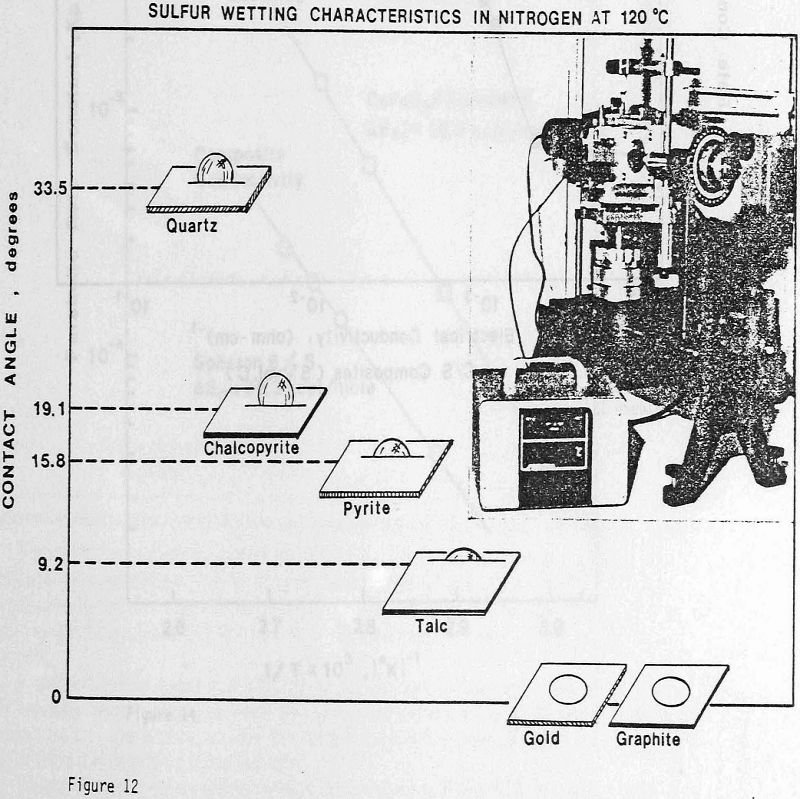
Acid ferric sulfate solution has been used for heap and dump leaching of low-grade chalcopyrite ores and is being considered as a possible lixiviant for the hydrometallurgical processing of copper sulfide concentrates. For many years, researchers have attempted to explain the leaching behavior of chalcopyrite, since the reaction rate kinetics are extremely slow and seem […]
Aluminum Extraction Method with Chloride

Almost all aluminum in the United States is produced from imported bauxite or alumina. This country has, however, more than adequate domestic nonbauxitic alumina resources that could alleviate dependency on foreign sources. For both economic and security reasons, the Federal Government has had a longstanding interest in the development of alternative technology that would allow […]
Cordilleran Precious Metal Deposit Exploration
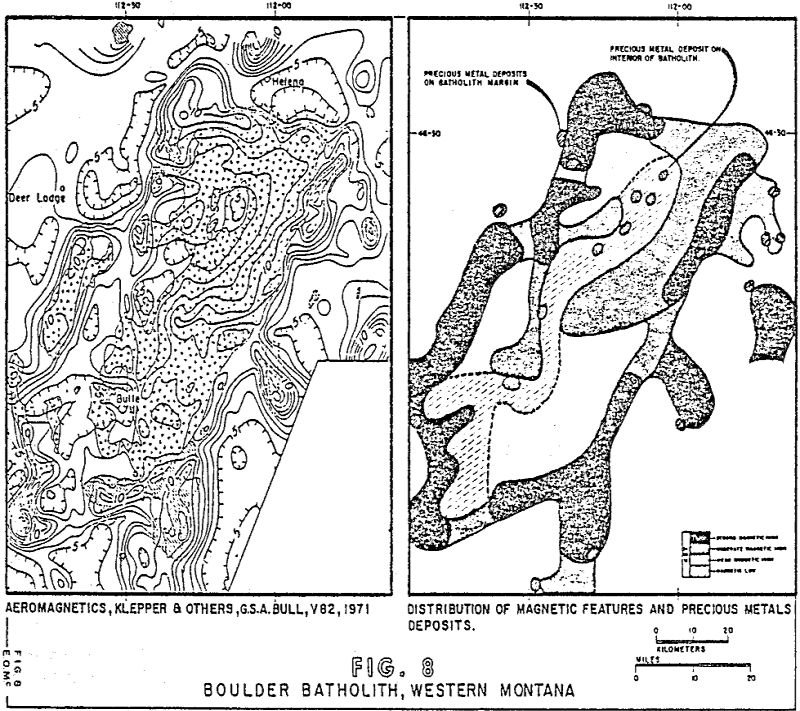
Since the use of potential field methods in the search for cordilleran precious metal deposits provides information on the three- dimensional locations of intrusive margins detailed potential field data would be most useful. High quality, detailed aeromagnetics and gravity information is not generally available in the initial prospecting stage, however. Regional aeromagnetics and gravity are […]
Electrostatic Separation
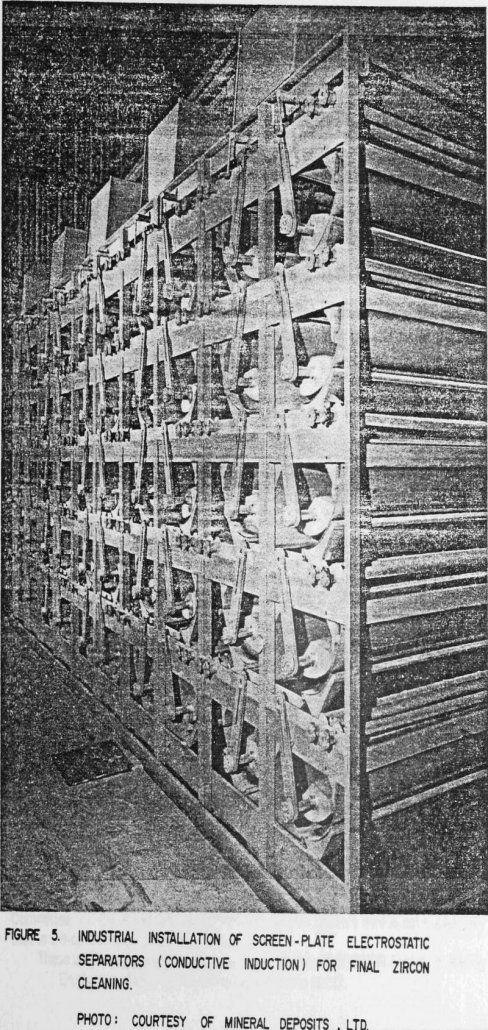
Electrostatic separation is one of the most misunderstood physical processes used to beneficiate minerals. Nonetheless, millions of tons of titanium ores, iron ores and other minerals are processed every year economically, efficiently and safely. Over the past ten years major advances in electrostatic separation and its application have occurred. New processes include dewatering clay slurries, […]
Tin Electrolytic Stripping
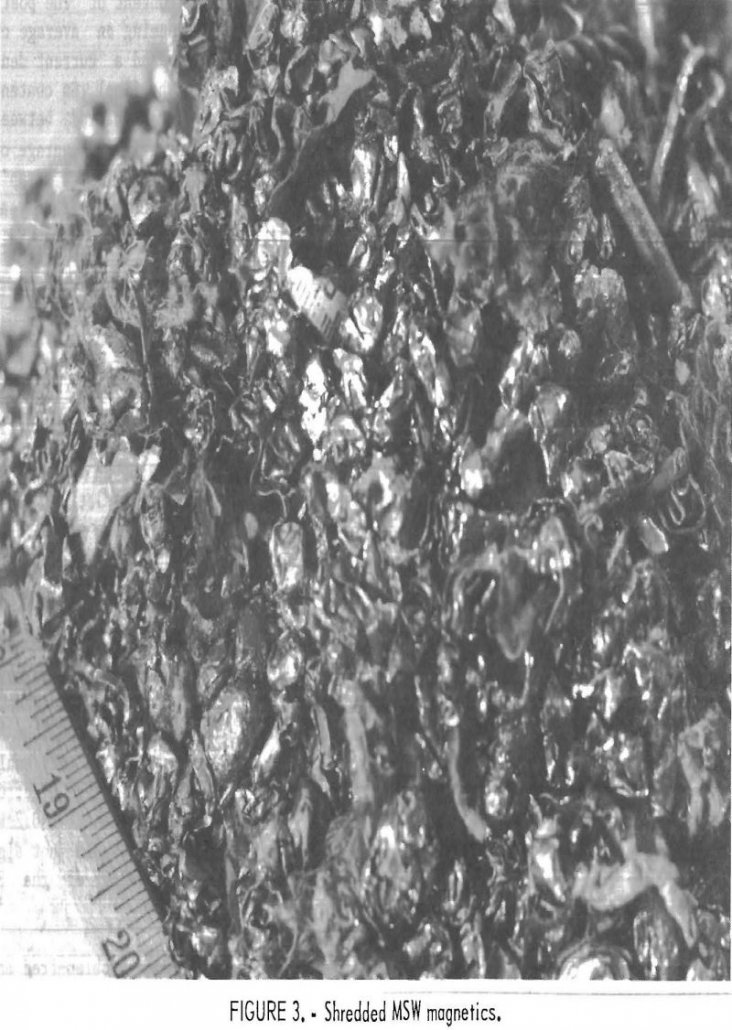
At present, in the United States, municipal solid waste (MSW) is generated at a rate of 3 to 5 lb/d per person. It contains about 8 pct ferrous metallics. Projections indicate -11 MMton/yr of this valuable ferrous scrap is being discarded Discarded MSW magnetics are equivalent to approximately 15 pct of the total U.S. 1982 […]
How to Recover Lead from Scrap Batteries
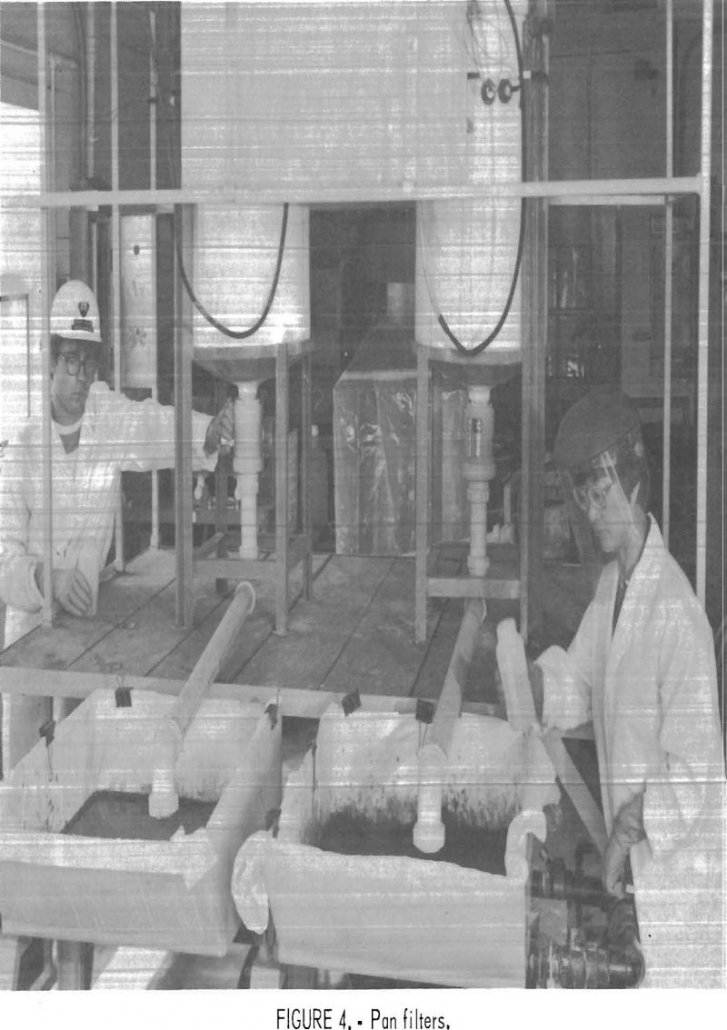
The Bureau of Mines has investigated an electrolytic recycling process to recover lead from scrap batteries as part of the effort to improve secondary recovery of metals, minerals, and other values from waste products. This process eliminating sulfur dioxide (SO2) generation and minimizing particulate lead emissions, is an acceptable alternative to the pyrometallurgical processes currently […]
How does Grinding Media Affect Galena Flotation
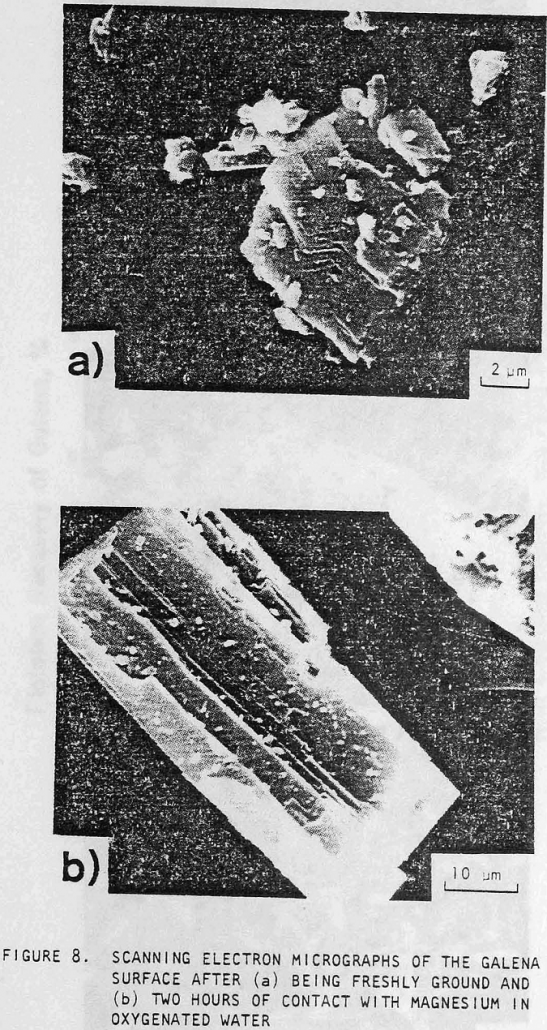
Sulfide ores are generally concentrated by grinding with steel media followed by flotation. Interactions between the grinding media and sulfide minerals adversely affect the floatability of the sulfides, increase the corrosive wear of the grinding media, and result in unrecovered sulfides in the flotation tailings leading to a loss of natural resources and the release […]
Dump and Heap Leaching Permeability Solution
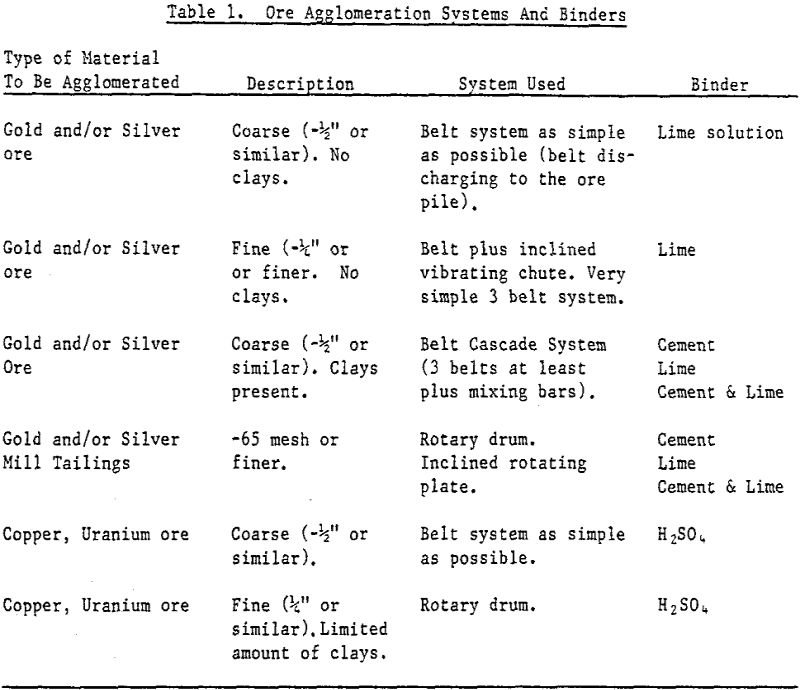
The basic condition controlling the choice of a dump or heap leaching process versus a fine grinding-agitation leaching process is the grade and tonnage of the ore body. Low grade ore and small tonnages are best treated by a low-cost method such as dump or heap leaching. The permeability of the material in a dump […]
The Dangers of Gold Dredging
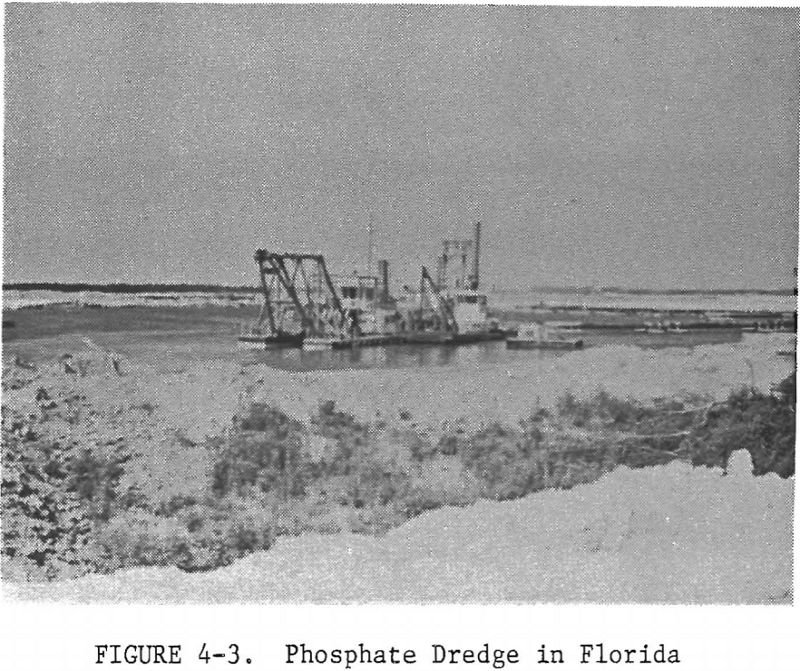
Dredge Operation Visits The contract requirement was that nine mining dredge operations be visited to gather data on the operations, their safety hazards, and their safety management. Although the number of field trips made was the same as originally planned, 31 dredges were visited. There were several reasons, but the most important were: It was […]
Dredge Safety
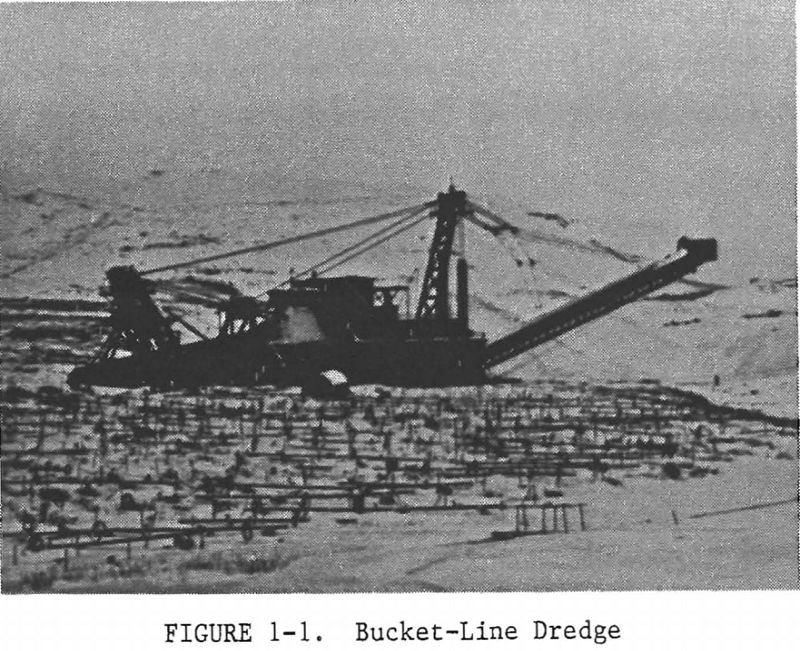
The objective of the work reported here was to examine, analyze and evaluate the safety hazards which affect mining dredge workers. The safety hazard consideration involved design and environmental hazards as well as those related to dredge operation and maintenance. It included shore-based equipment which supports the dredge or which is in the production sequence […]
